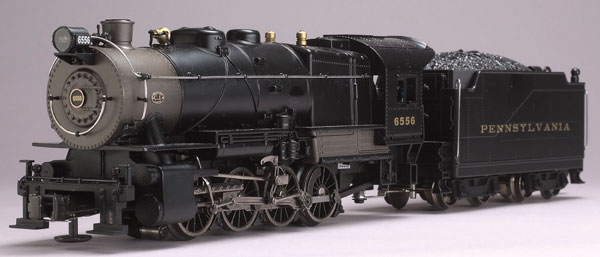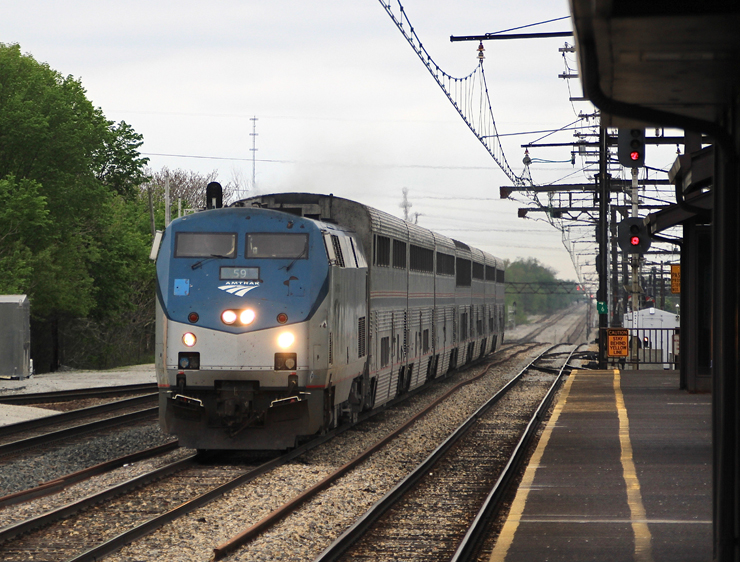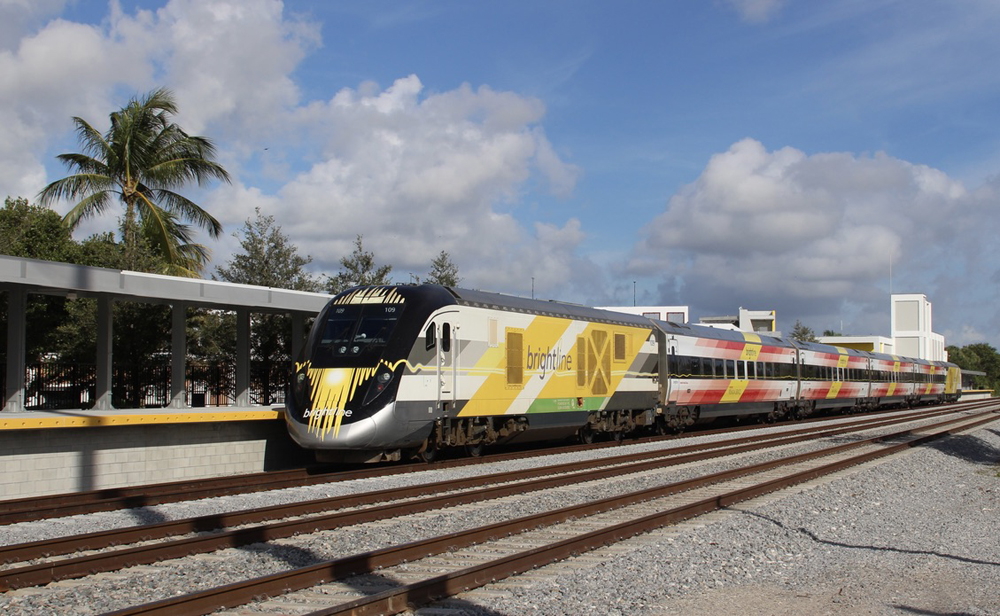Situated in the middle of the old Pennsylvania Railroad territory, it is no surprise that Weaver chose a Pennsy prototype as its first die-cast metal offering. The C1-class 0-8-0 switcher is big and burly.
I was surprised to read in Pennsy Power, by Al Staufer (Al Staufer, 1962) that the prototype C1 switcher had a so-so reputation. Stauffer writes that it had trouble staying upright on uneven track, failed to deliver expected horsepower, and was so maligned that engine house supervisors were reluctant to fire them up if another type of switcher was available. Fortunately, Weaver does better than the Pennsy in this regard!
The model
The locomotive’s metal shell is flawless, and its level of detail matches the best of the competition.
The headlight has a nice, bright bulb, and it illuminates the engine number boards on either side of the headlight. The locomotive’s front marker lights are cosmetic only, but the rear markers and backup light are illuminated.
The side rods are darkened a bit from the plated norm, which gives the engine a more serious, workhorse appearance.
The boiler front and sides have add-on handrails. The add-on bell, whistle, and pop-off valves are finished in a gold tone. The bell swings just as a real bell does. The locomotive’s black and gray paint job is skillfully applied and has a satin shine. There also is a terrific, readable Juniata Shops builder’s plate on the side of the smokebox.
The cab features a backhead with white accents on the gauge faces and engineer and fireman figures.
The tender is a model of a class 70S66 tender. The sturdy little block of metal includes a cast-in coal load.
Including the model’s oversized knuckle couplers and drawbar, it measures 183/4 inches long or 75 feet in O scale, compared to the prototype’s length of 68 feet, 43/4 inches.
On the test track
Weaver is to be commended for taking the step from brass to die-cast metal locomotives. The mechanics of the C1, however, aren’t engineered as strongly as competitors’ locomotives.
The 0-8-0’s design follows the norm of a can-style motor in the locomotive and electronics in the tender. Both tender and locomotive have cords and plugs, and getting the six-pin plugs connected on the command control version of the locomotive calls for good eyesight and ample lighting.
The connection is bulky. If you don’t shove the tender cord into the body cavity of the tender all the way to the plug, the cord will bunch up when the train is on a layout. Movement of the cord will then pull the front of the tender off the track on O-42 or tighter curves.
We called Weaver and were told that the cord must be pushed almost completely into the tender shell. Even so, Weaver admits that the locomotive won’t negotiate O-27 curves as stated in its catalog. (Weaver said that the O-27 designation was based on product samples that used a QSI electronic reverse system and a smaller, more flexible cord.)
Once we had the cord pushed all the way into the tender, we didn’t have any further problems, even on O-31 curves. However, we were still unable to use the tighter of the two settings on the tender’s drawbar piece.
The drive wheels use two traction tires on the rear pair of drivers. We examined two samples of the engine, and on one of the locomotives we quickly scrubbed off the traction tires on O-31 curves. But we had no trouble whatsoever with traction tires on the second engine. The traction tires on the first locomotive (an early production sample) appeared to be made of a different material than those on the second locomotive.
There are two power pickups on the locomotive, and they’re spaced 41/2 inches apart. The engine had no trouble crossing switches at low speed.
The command control version of the C1 switcher uses a conventional “thumb-tack” coupler on the nose and a coil coupler on the tender that can only be activated in command mode. It’s a compromise between engineering and command/conventional needs.
The rear coil coupler on both of our samples was mounted low, about 1/8 inch below the coupler height of a typical freight car. We encountered some uncoupling with MTH and K-Line freight cars but none with Lionel gear. The front coupler on one of our samples was weak enough to be pulled open with an index finger. However, the coupler on the other sample was fine.
Lionel’s RailSounds system was very good, but Weaver’s instruction sheet made no mention of a 9-volt battery routinely used as an electrical backup to curtail sound interruptions when sequencing the reverse unit in conventional mode.
Pulling off the tender shell we found that the 9-volt battery connector was taped over and there was no clearly designated spot to install a battery. Without the battery, below about 9 volts in conventional mode the RailSounds system snaps, crackles, and pops. We’ve experienced the same crackling sounds in Lionel steamers minus their batteries, but with batteries the sounds were fine.
It should be noted that when running in conventional mode using an MRC DualPower O-27 transformer, the engine started off without prompting and ran at a nice, even speed. However, it would not respond to any speed, bell/whistle, or directional commands.
In TrainMaster Command Control mode, all functions operated as expected. Weaver Models uses the wire handrails on the tender as TMCC antennas. We experienced no loss of signal even on a layout with three metal bridges that sometimes cause signal interference.
Both locomotives we tested had stiff drive mechanisms but loosened somewhat as we ran them. One of our samples delivered wisps of smoke that, frankly, were a relief from the torrents offered by other firms. Our second locomotive, however, wouldn’t smoke at all.
Our low-end speed measurement was 28.3 scale mph, while on the high end this little steamer boogied along at 117 scale mph. Our drawbar pull for the 7 pound, 11/2 ounce switcher was 1 pound, 3 ounces, equal to roughly 57 pieces of modern rolling stock.
At 18 volts our little switcher pulled a 25-car mixed vintage and modern freight train at 80.8 scale mph.
The transition from brass to die-cast metal locomotive manufacturer is a significant step in meeting customer needs and Weaver is to be commended for the C1. While we experienced some teething problems, it looks sharp. The addition of RailSounds and (for those so inclined) TrainMaster Command Control is a real value-added feature. We’re looking forward to Weaver’s next die-cast locomotive, a 2-8-0 Consolidation.














